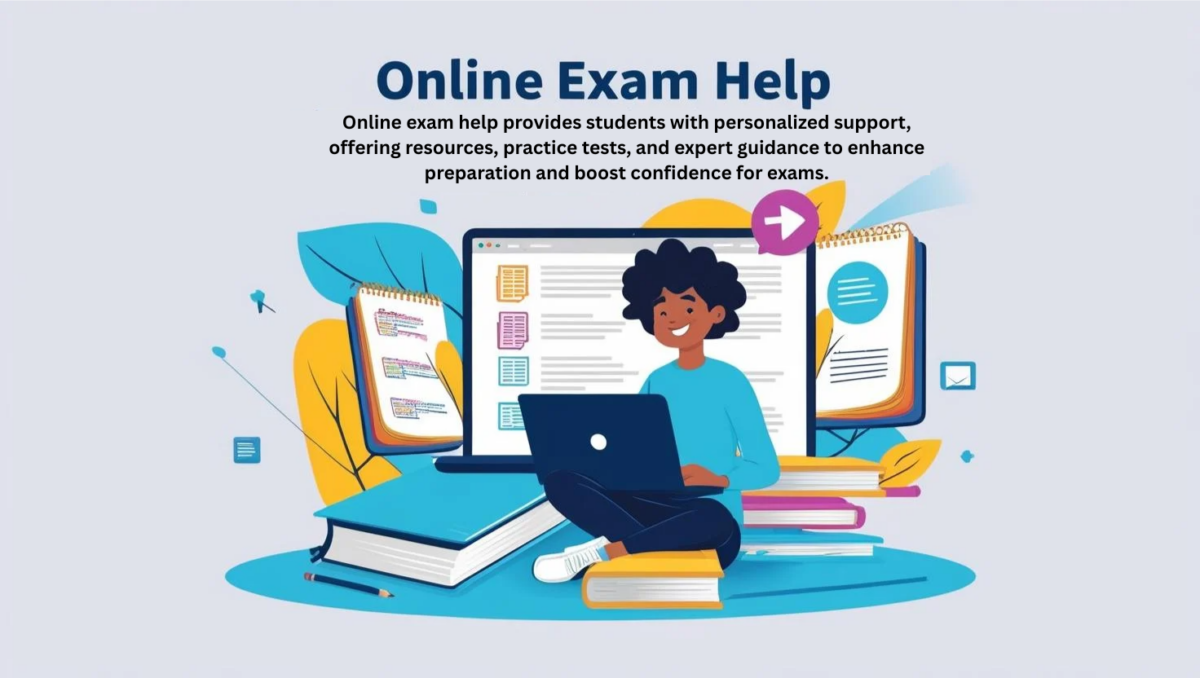How to Write CDR for Chemical Engineering in Australia?

Ensure lodging an impeccable CDR for chemical engineering to increase the chances of approval. If candidates have no idea how to create an authentic and plagiarism-free CDR application, they can leverage Services with CDR for Chemical Engineering (ANZSCO: 233111) in Australia. Factually, it is mandatory to undergo a migration skills assessment held by Engineers Australia to obtain an Australian migration visa. Applicants must prepare a CDR application, demonstrating their eligibility, knowledge, talent, and experience in chemical engineering for the nominated occupation.
Chemical engineers apply their knowledge to design, create, and optimize processes for manufacturing chemical products. They make sure these processes adhere to safety and environmental guidelines. They also monitor the production processes and troubleshoot issues in manufacturing processes.
Follow AustraliaCDRHelp.Com to Unlock Successful CDR for Chemical Engineering (ANZSCO: 233111) in Australia!
A competency demonstration report is a way to prove one’s eligibility in their practice area for the nominated occupational category. Hence, chemical engineers must prepare their applications confidently and precisely. They must follow Engineers Australia’s standards while preparing their technical reports. They must follow the below steps to create an extraordinary CDR Report for skills assessment.
Craft Three Career Episodes for Chemical Engineering (ANZSCO: 233111)
Applicants must create three detailed career episodes, each focusing on different aspects of their engineering journey. It is essential to select three specific engineering projects to elaborate on in these career episodes. These projects can be sourced from their Bachelor of Technology (B.Tech) and Master of Technology (M.Tech) academic programs, or they can stem from their professional experiences. This includes projects that they have successfully completed in the past or those they are currently working on. While writing career episodes, they must take care of the following:
- Write each career episode narrative within a minimum of 1000 words and a maximum of 2500 words.
- Each narrative should be in four sections: Introduction, background, personal engineering activity, and a summary.
- Each episode must demonstrate the application of engineering knowledge, aptitude, and experience in the nominated occupation.
- Write career episodes in English and one’s own words, as it will be vital to demonstrate communication skills to the assessor.
- The applicants must state what they did and describe how they did that, emphasizing their role in the episode.
- Each career episode should focus on the applicants’ identified engineering problems and any particular problem-solving techniques they used.
- Number each paragraph in each of the career episodes, as it is essential to prepare a summary statement later.
Craft a Summary Statement for Chemical Engineering (ANZSCO: 233111)
- Once after completing all three career episodes, applicants must create a summary statement for all.
- They must analyze all three career episodes to ensure they have addressed all the competency elements for the nominated occupation. Then, they must present the analysis results in the summary statement.
- They must download and prepare the appropriate summary statement for the nominated occupation category (professional engineer, engineering technologist, engineering associate, and engineering manager).
- They can download the summary statement templates from the Engineers Australia website.
Craft a CPD Statement for Chemical Engineering (ANZSCO: 233111)
Candidates must create a comprehensive table detailing their Continuing Professional Development (CPD) activities. This table should include essential information such as the title of each CPD activity, the date it took place, the duration of the event, the location where it was held, and the name of the organizer responsible for the event. Continuing Professional Development is crucial for professionals in the engineering field, as it provides a structured way for individuals to stay updated on the latest advancements and trends in the industry after they have completed their undergraduate studies. The list must include the details of:
- Conferences that the applicants have attended and where they delivered papers.
- Seminars, workshops, short courses, technical inspections, technical meetings, and discussion groups they have attended.
- Conferences, seminars, and course materials preparation and presentation.
- Formal postgraduate study and private study of books, journals, manuals, etc.
Many applicants have difficulty coping with the norms and procedures set by the assessor. Moreover, they struggle to craft this technical competency application for its complex nature and various reasons. However, according to experts, chemical engineers can prepare their competency reports precisely by following expert guides from the website Australia CDR Help.
Please read our other article: https://www.hituponviews.com/how-to-write-cdr-for-electronics-engineering-in-australia/










